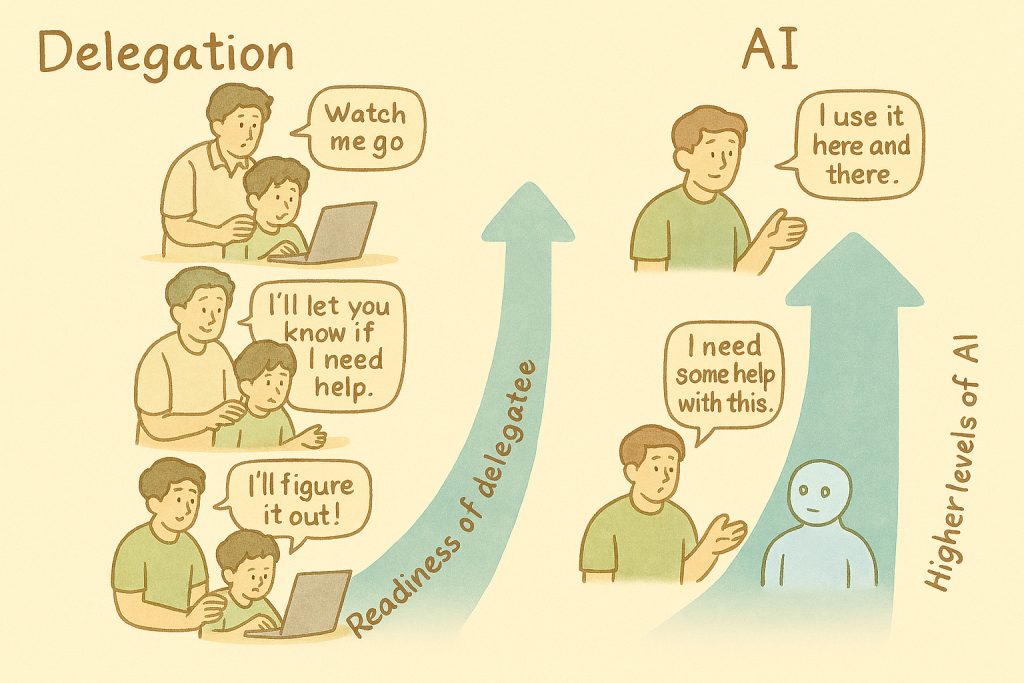Photo by Conor Luddy on Unsplash
You are coaching an eight-member team in Pune, part of a large multinational in the tech sector. The team is self-sufficient with the Product Owner & Product Management also being located in Pune. The team is now facing a tool-related challenge. A new tool has been introduced globally for logging customer-reported issues – shared with all customers world-wide and other internal stakeholders. The team has been using a home-grown tool all this while which now has to co-exist with the new tool during a transitionary period. The team has developed a script to manage the data exchange to and from the new tool but gets into issues from time to time due to surprise updates made by the tool provider, resulting in unplanned investigation and implementing script changes. Effort is wasted several times during the release cycle. The global rollout team interfacing with the tool provider say they have no time to address such issues for a home-grown tool on its way out.
The team is obviously unhappy with the situation and asks you for help. The manager of the team (also the person you are accountable to as the coach) tells you that the team has to accept this as just another constraint; like the project budget, he adds.
What would your next steps be? Would the coaching Values – Principles – Practices framework covered in the blog be of use for you? You can perhaps think of your own “solution” for the situation and then attempt the three questions in the quiz below.





2 Responses
Very nice Vishu. I did the AUM chant now to just try out, I liked it, but may need to continue it more before kind of agreeing with you more emphatically. Very nice post..and thank you for writing this up
Thanks, Harish. Yes, Sustained practice will bring the transformation.